Uganda surprised me in every way during those first few hours on the ground.
Before arriving, I imagined a country filled only with wild safaris and rolling hills. Instead, I found a lively city and warm hospitality that felt both familiar and completely new.
My first impressions began even before I stepped off the plane. As we landed, the cabin filled with cheers, not just for a safe arrival, but for loved ones returning home. What could have been an ordinary touchdown became a joyful celebration.
At Entebbe, the welcome was electrifying. Some passengers even had tears in their eyes as the wheels touched the runway.
I soon learned this wasn’t about the flight itself; it was about the happiness of being home.
As I walked into the arrivals hall with my carry-on bag, I wondered if I might be the only tourist on the flight from Dubai to Entebbe. But I quickly learned that the modern side of Kampala thrives on connections, both to its past and to the rest of the world.
Visa and Immigration
Clearing immigration in Uganda was surprisingly simple. I had bought my e-visa online for $50, and the process took only a few minutes. The officer stamped my ticket, asked no extra questions, and pointed me toward baggage claim.
That small online application opened the door to 90 days of exploration. It felt less like paperwork and more like a personal invitation to discover Uganda.
As I stepped through the glass exit, I was welcomed by ATMs and currency exchange counters. The airport itself was modest but efficient.
There were two luggage belts, a few local cafés, and cash machines that worked with international cards. Even there, I could already sense the rhythm of modern Kampala.
Trading Dollars for Shillings
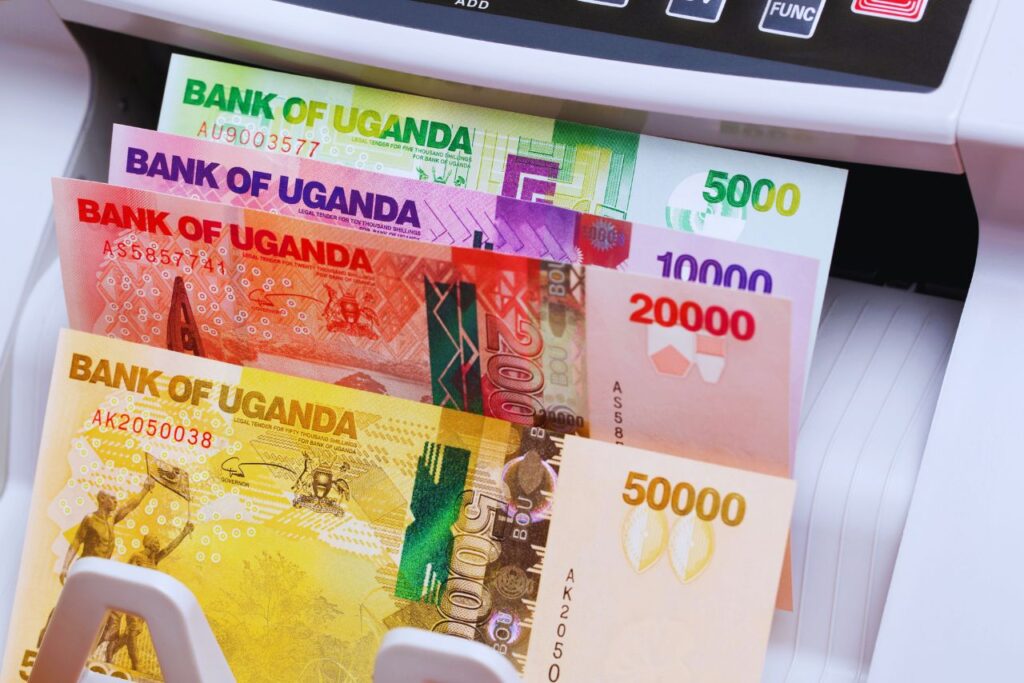
At the exchange desk, I learned that $1 was worth about 3,500 Ugandan shillings.
When I handed over $200, I received nearly 700,000 UGX in crisp notes decorated with lions, gorillas, and elephants.
Holding Uganda’s wildlife on paper felt almost poetic, so I tucked the bills safely into an envelope.
Later that evening, I noticed that money changers on street corners in town offered slightly better rates. Still, there was comfort in completing the exchange at the airport, before the arrival adrenaline faded.
It was a small detail, but it set the tone. Warm efficiency would become a theme in many of my first impressions of Uganda.
Staying Connected: SIM Cards and Data

At the SIM kiosk, the exchange felt more like a friendly chat than paperwork.
The attendant smiled and said, “Airtel is the best.” Within minutes, I had a 50 GB package loaded onto a sleek plastic card. It cost 110,000 UGX, about $32.
There were no hidden fees and no complications, just the promise of reliable internet.
For a solo traveler eager to record every new discovery, that steady connection meant peace of mind.
As I slipped my passport back into its holder, I understood the meaning of connectivity, both figuratively and literally.
Uganda’s digital infrastructure is still growing, yet it already powers a vibrant business scene and an active social network across Kampala’s neighborhoods.
The Road to Kampala

Outside the airport, clear signs directed passengers, “Arrivals” to the left and “Departures” to the right. My pre-booked taxi was waiting, arranged through my hotel. The driver, a friendly man named Sam, greeted me with a smile.
A private transfer from Entebbe to Kampala usually costs around $60. Because I booked it through my accommodation, I paid only $45. Sliding into the back seat under the glow of the streetlights, I was relieved not to deal with the usual airport haggling.
The thirty-minute drive offered my first glimpse of a city in transition. Potholes gave way to smooth boulevards. Small coffee shops and gas stations revealed everyday life along the road.
Ugandans drive on the left, a colonial legacy from British rule. But the driver’s wheel sits on the right, a detail that caught my attention.
Even at night, Kampala felt alive. The city pulsed with a unique blend of tradition and modernity, hinting at the energy that awaited me in the days ahead.
Explorer’s Hub: A Room with a View
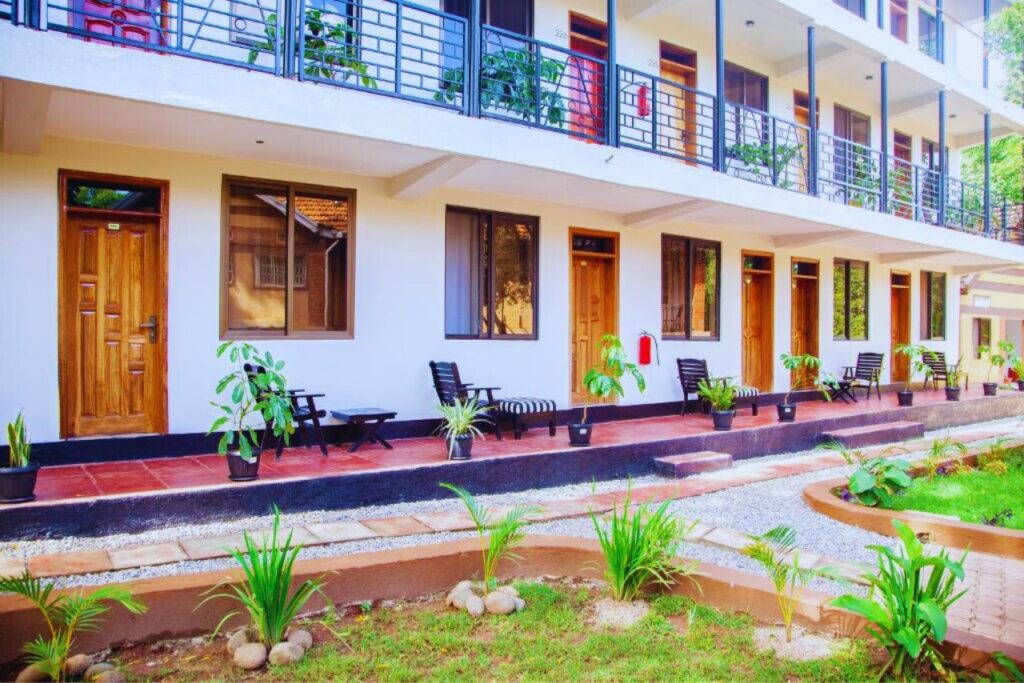
Image gotten from Bookings.com
It felt like I was entering something special when I got to Explorer’s Hub.
This boutique hotel is tucked away in a leafy part of town. It has both traditional charm and modern conveniences.
Even though it cost $66 a night, I knew I had made the right choice because it came with breakfast, a mini-gym, and even a grocery store.
My room offered crisp white walls that doubled as a mosquito detective tool (those pests stand out starkly against pale surfaces), a plush bed draped with a net, and a balcony overlooking a lush courtyard.
The gym below, which was outside and surrounded by trees, advertised morning yoga with the sound of birds singing. I quickly got my things together because I was tired from the six-hour flight but too excited to go to sleep right away.
A Morning in Kampala

When dawn came, it showed a garden with spots of light. I took a deep breath as I stepped out onto the balcony with my coffee in hand.
The air was humid and smelled like fresh leaves. The sound of roosters far away filled the space.
My first impressions of Uganda crystallized in that moment: a love of nature amidst the hustle and bustle of city life.
Breakfast at the hotel was hearty, with eggs, fresh fruits, and pastries grown and baked right there on the property.
A small store right outside my door sold jackfruit, spices, and jars of Rwandan honey that came from nearby farms. Many of these items were made by single mothers and orphans, so buying them had a deeper meaning for me.
READ ALSO: 100 Best African Safaris to Experience Once in Your Lifetime
Embracing Kampala on Two Wheels
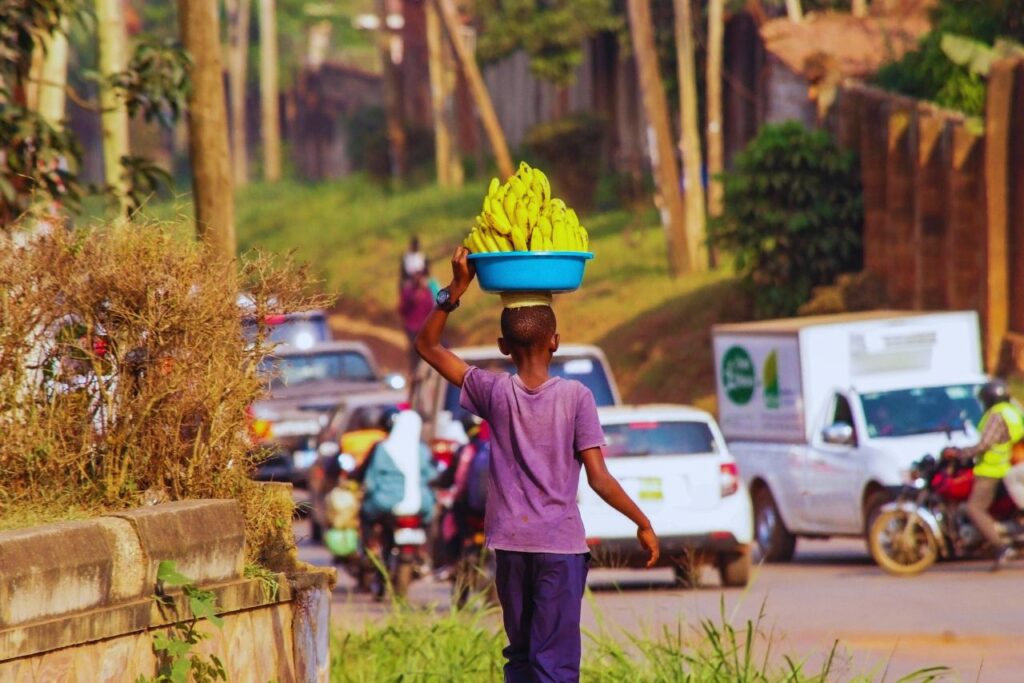
The streets of Kampala are full of boda bodas, which are motorbike taxis that move through traffic with balletic precision.
I flagged one down and negotiated a fare of 2,000 UGX (about $0.60) to the nearest shopping mall. I felt an incredible sense of freedom when I was strapped to the back of that sleek black bike and the wind was whipping my hair.
The roads themselves told stories: the red dirt where the pavement ended, the patches of green where hibiscus and bougainvillea grew, and every few blocks, a mini-market or café that made people want to stay a while.
Bodas are more than just a way to get around; they’re lifelines that connect people, goods, and ideas all over Kampala’s hilly terrain.
Discovering Acacia Mall
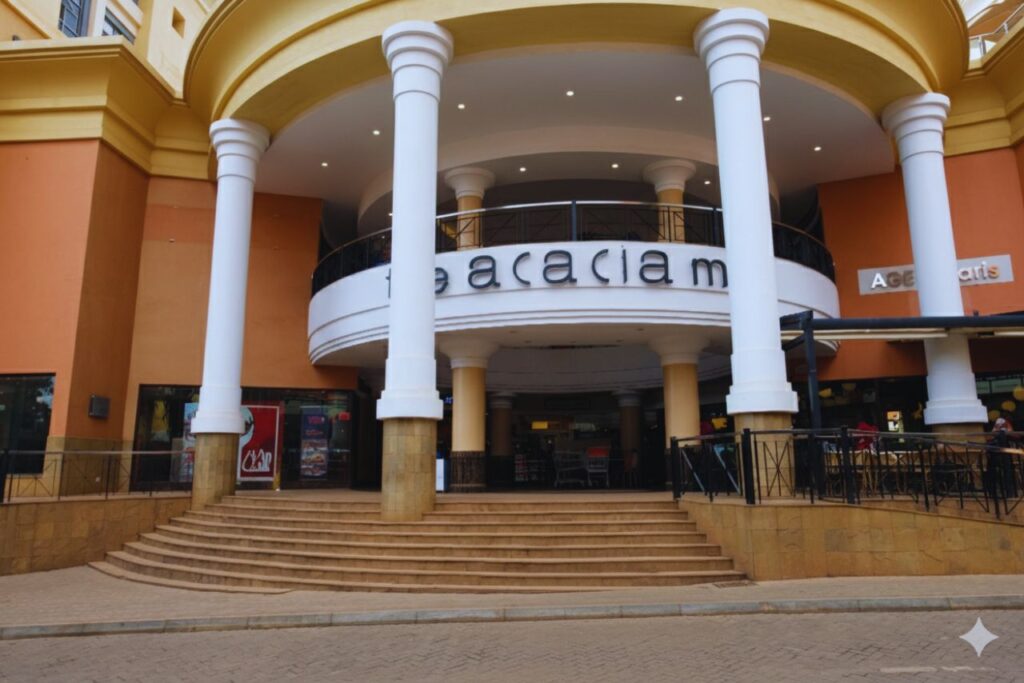
Acacia Mall is one of the best places to shop in Kampala, and walking inside felt like stepping into a living magazine.
Wide hallways were lined with shiny stores, including LC Waikiki, Turkish café chains, and even a cinema. At every entrance, security guards kept a close eye on things, which was a good reminder that progress often brings new worries.
I sneaked into a pastry shop near the atrium that was lit by the sun, even though filming inside was not allowed. Almond and chocolate croissants called out from behind glass counters.
I chose a table outside, ordered a flat white and an almond croissant, and then watched the rhythm of Kampala unfold all around me.
The sound of traffic hummed by, people walked hand-in-hand, and the calls of street vendors blended into the background noise of the city.
Café Moments and Local Currency

The bill, which was 22,000 UGX, or about $6, seemed like a great deal for such a high-class experience.
Before handing over the crisp bills, I took a moment to look at the art: a silverback gorilla here, a soaring crane there. Even the smallest denominations celebrated Uganda’s rich biodiversity.
As I sipped my coffee beneath the awning of that café, I reflected on how easily one could assume Uganda was defined solely by its natural wonders.
Yet in this modern glass-and-steel mall, I saw a different side of life: clean streets, busy shops, and a cosmopolitan vibe that draws both business travelers and digital nomads.
Streetside Encounters

I walked slowly toward a busier area after leaving the mall. On the sidewalk, people sold fresh mango slices, young people with businesses sold their own jewelry, and tuk-tuk drivers let people quickly get through crowded areas.
Everyone who passed me said “Jabalco,” which means “hello” in Luganda, and I replied with a sincere “Nanza,” which means “thank you.”
At a stand by the side of the road, I tried rolex, a tasty egg-and-chapati wrap, with cilantro and chili adding to the flavors.
Sitting on a plastic stool beneath a neon sign, I documented the moment in my travel diary, noting that first impressions of Uganda are layered: each street, market, and conversation adding depth to the portrait of a nation in motion.
Nightfall and Reflection

By evening, Kampala’s skyline shimmered under a canopy of stars.
The grouped streetlights showed the shapes of both church spires and office towers, and the sound of laughter and music could be heard from bars outside. The still-warm air held the hope of more discoveries to come.
When I got back to Explorer’s Hub, I fell asleep and felt very welcome. I hadn’t just crossed off another country on my map; Uganda’s mix of modern conveniences and old traditions had captured my heart.
Those crazy first impressions of Uganda would shape my trip and remind me that traveling can surprise us when we least expect it.
Carrying the Momentum Forward
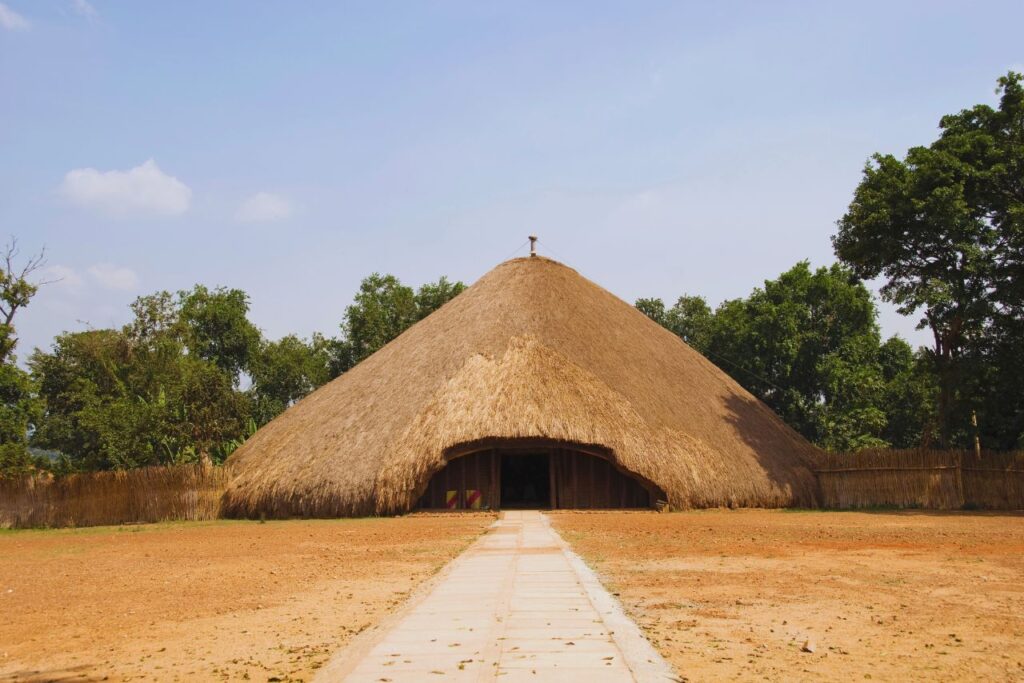
The next morning, I planned to visit the Kasubi Tombs with their golden roofs, look around craft markets full of local art, and have tea at a rooftop café with a view of Lake Victoria.
But I knew I would always remember the magic of those first few hours: the cheers when we landed, how easy it was to get into the country, the first exchange of shillings, and the buzz of Kampala’s streets as the sun rose.
Uganda’s modern side showed up in strange places, like a boutique hotel that grows its own vegetables, a mall with French pastries next to Ugandan staples, and the pure happiness of coming home.
For anyone stepping off a plane into Entebbe for the first time, let these first impressions of Uganda guide you: stay curious, be friendly, and get ready to fall in love with a city where modernity and tradition walk hand in hand.







